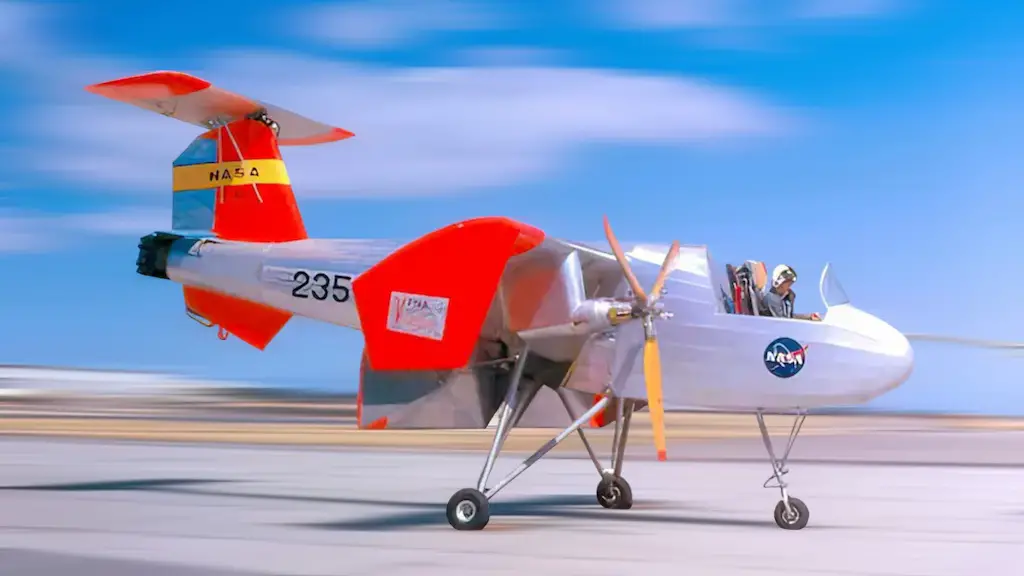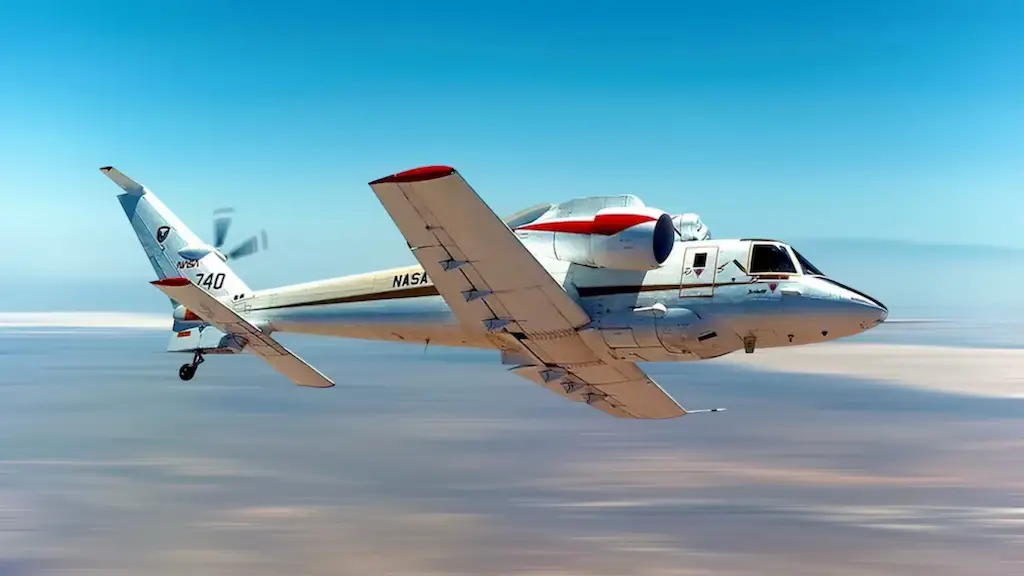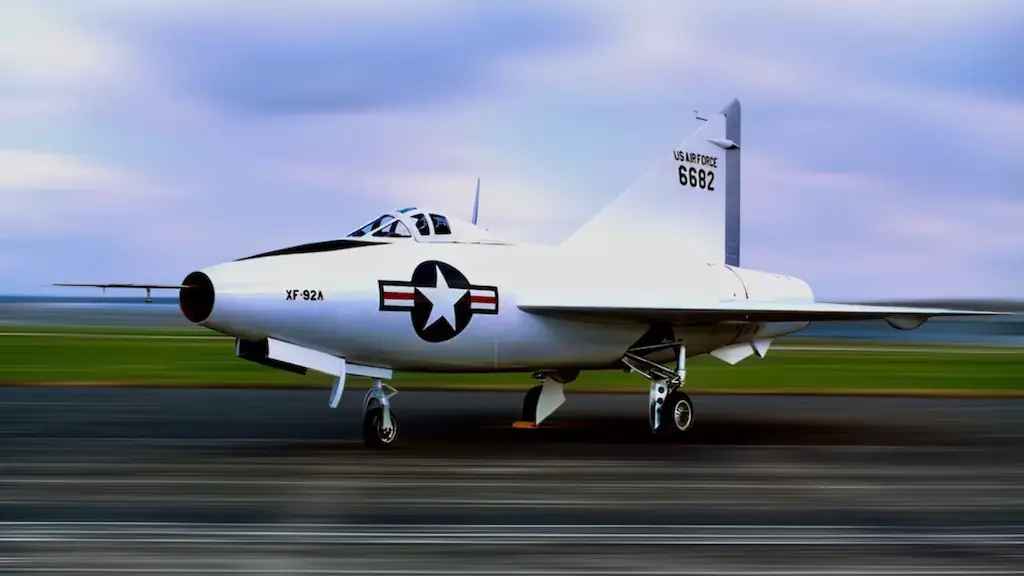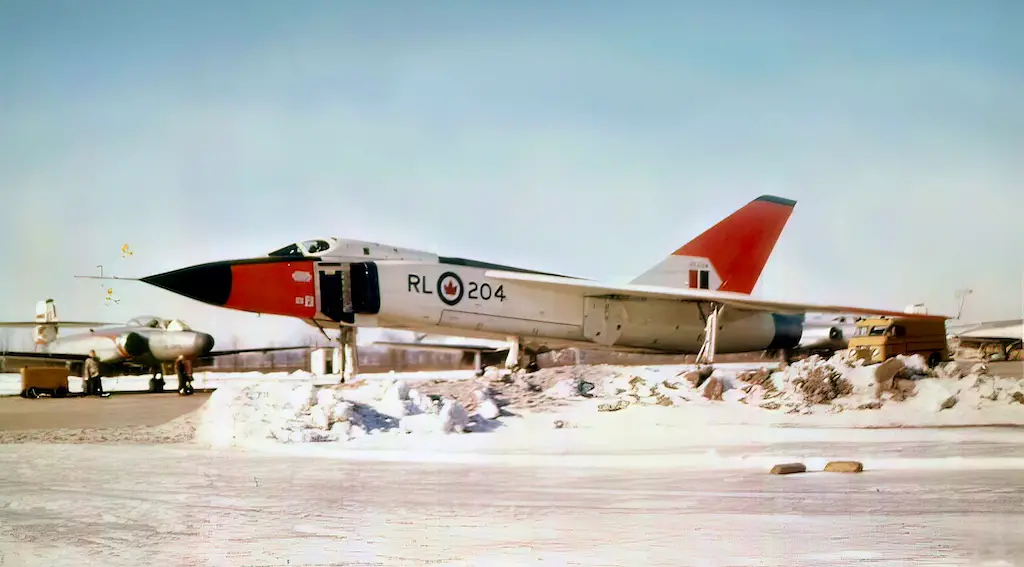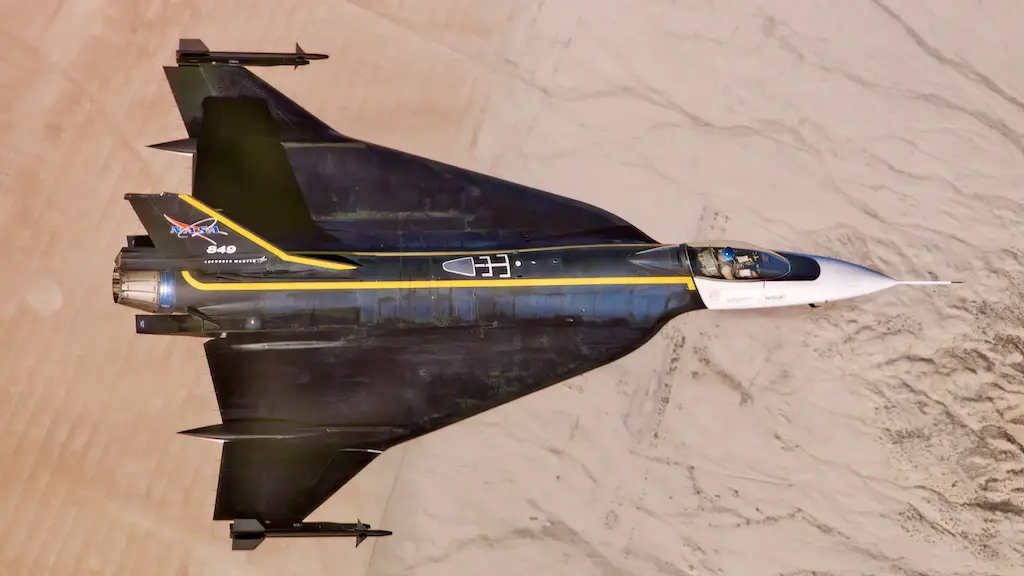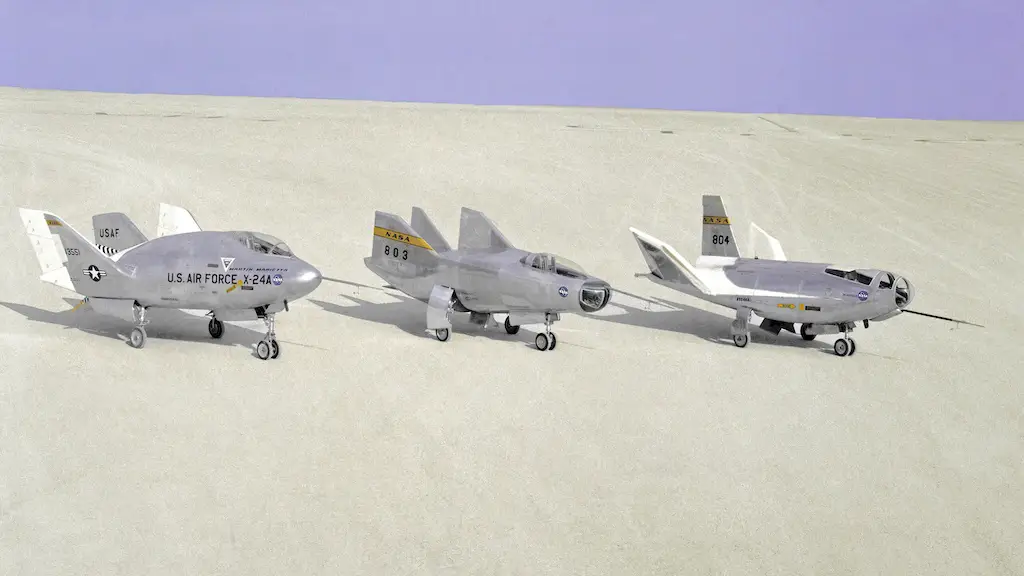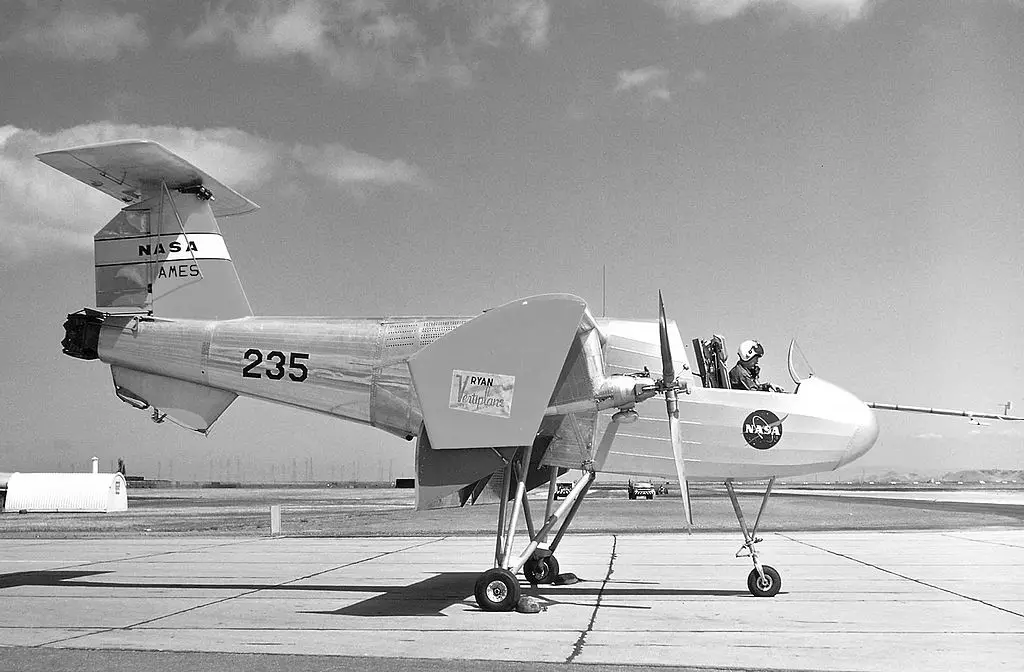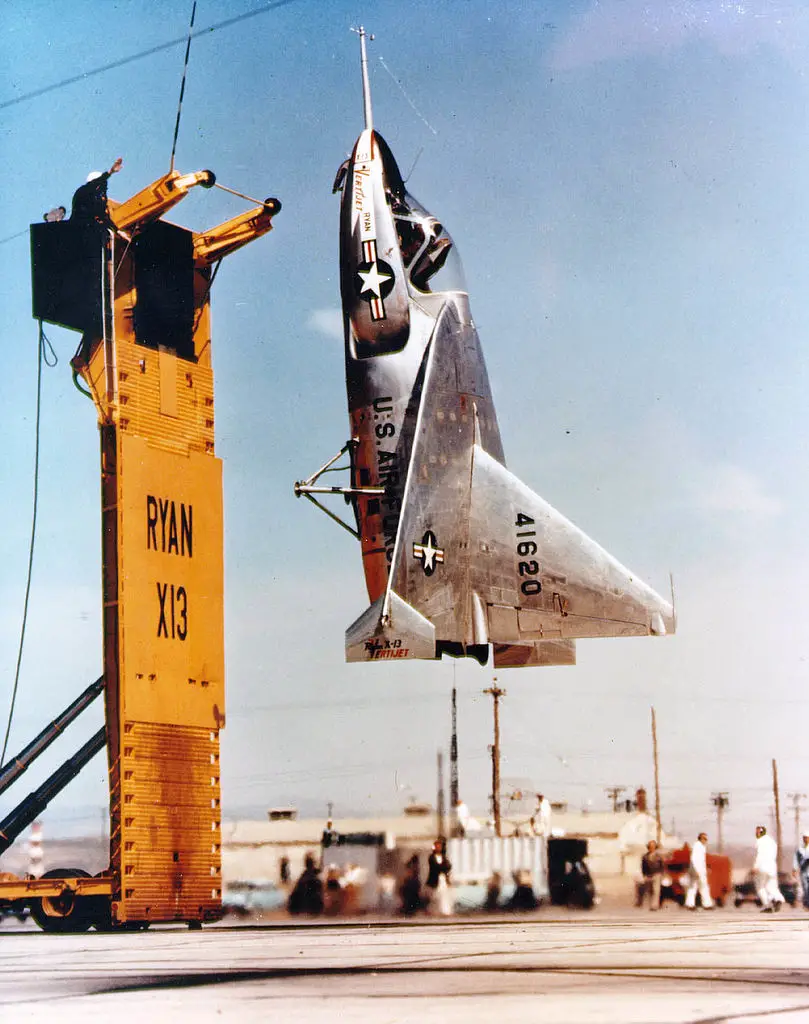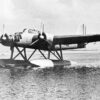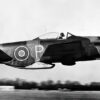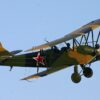The side view of this aircraft may lead you to think that it uses some sort of rectangular-shaped boxes for wings. And if you look at it from behind, you may get the impression that its wings are perpendicular to the fuselage. None of that is exactly true. But Ryan Model 92, also known as VZ-3 Vertiplane, did, in fact, utilize a unique wing configuration to secure extremely short takeoff roll.
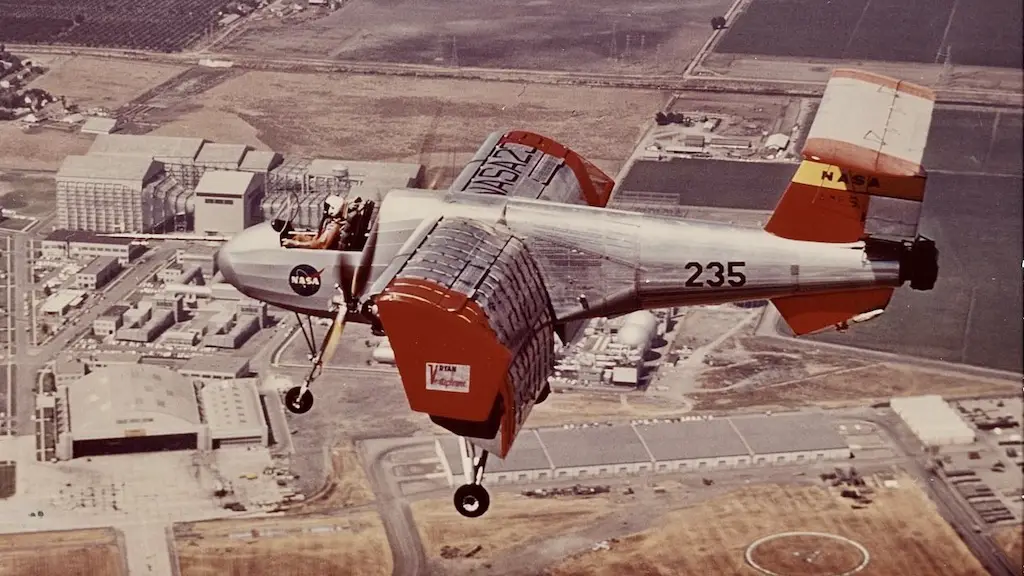
A proud member of the weird 1950s V/STOL vehicles family
Throughout the 1950s American aircraft manufacturers experimented with vertical and short takeoff and landing (V/STOL) aircraft amid active interest for such vehicles displayed by the US military. Ryan Aeronauticals first foray into this area was the X-13 Vertijet tailsitter, which explored the possibility of building jet interceptors that don’t need runways.
Its next V/STOL project was a prototype of a reconnaissance and liaison army aircraft capable of operating from unprepared surfaces. This time the company took the idea of vertical flight not so literally, going for a less radical, but still rather intricate solution.
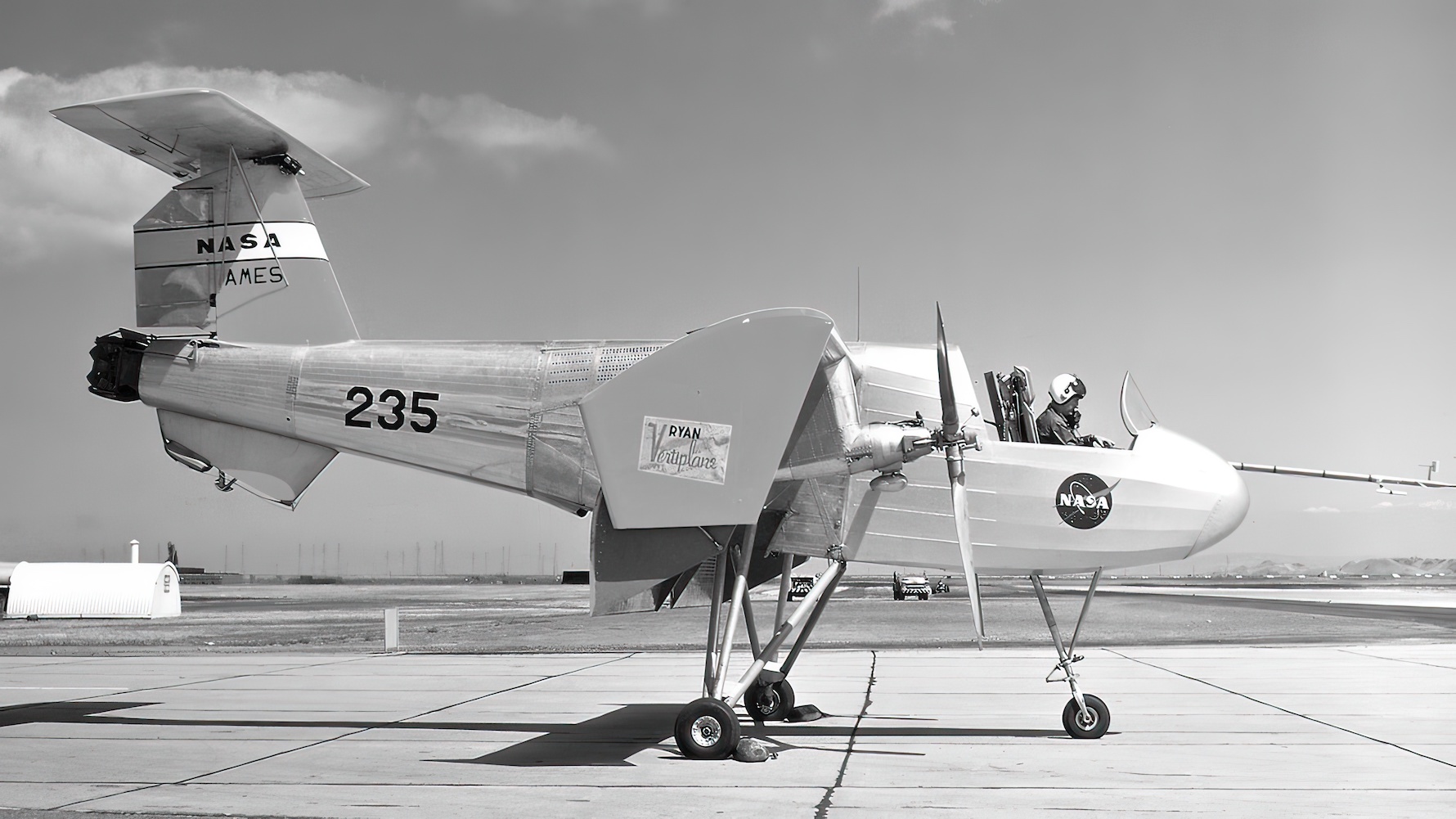
Deflected slipstream technology
Unlike its predecessor, the VZ-3 Vertiplane didn’t have to be positioned vertically for takeoff. The concept didn’t rely on tilting rotors, tilting wings, or vectored thrust either. Instead, it featured extended double flaps which made use of the propeller slipstream.
When deployed for short takeoff, the Vertiplane’s huge flaps spanning the entire length of the wing faced downward at almost a 90-degree angle. Acting together with large endplates, they formed a sort of bucket into which the propeller slipstream flowed. A downward deflection of this airflow created a cushion of air lifting the aircraft.
To maximize the effect, the three-blade propellers were located accordingly, ahead of and below the wing. And the 1,000 hp Lycoming T53-L-1 turboshaft engine powering them was placed inside the fuselage, so that the space under the wings was to the fullest utilized in generating lift.
With the wing’s trailing edge completely occupied by flaps, the Vertiplane didn’t have ailerons. Instead, the pilot exercised roll control by adjusting pitch on either of the propellers. The aircraft was also equipped with a stabilizer utilizing engine exhaust for pitch and yaw control at low speeds.
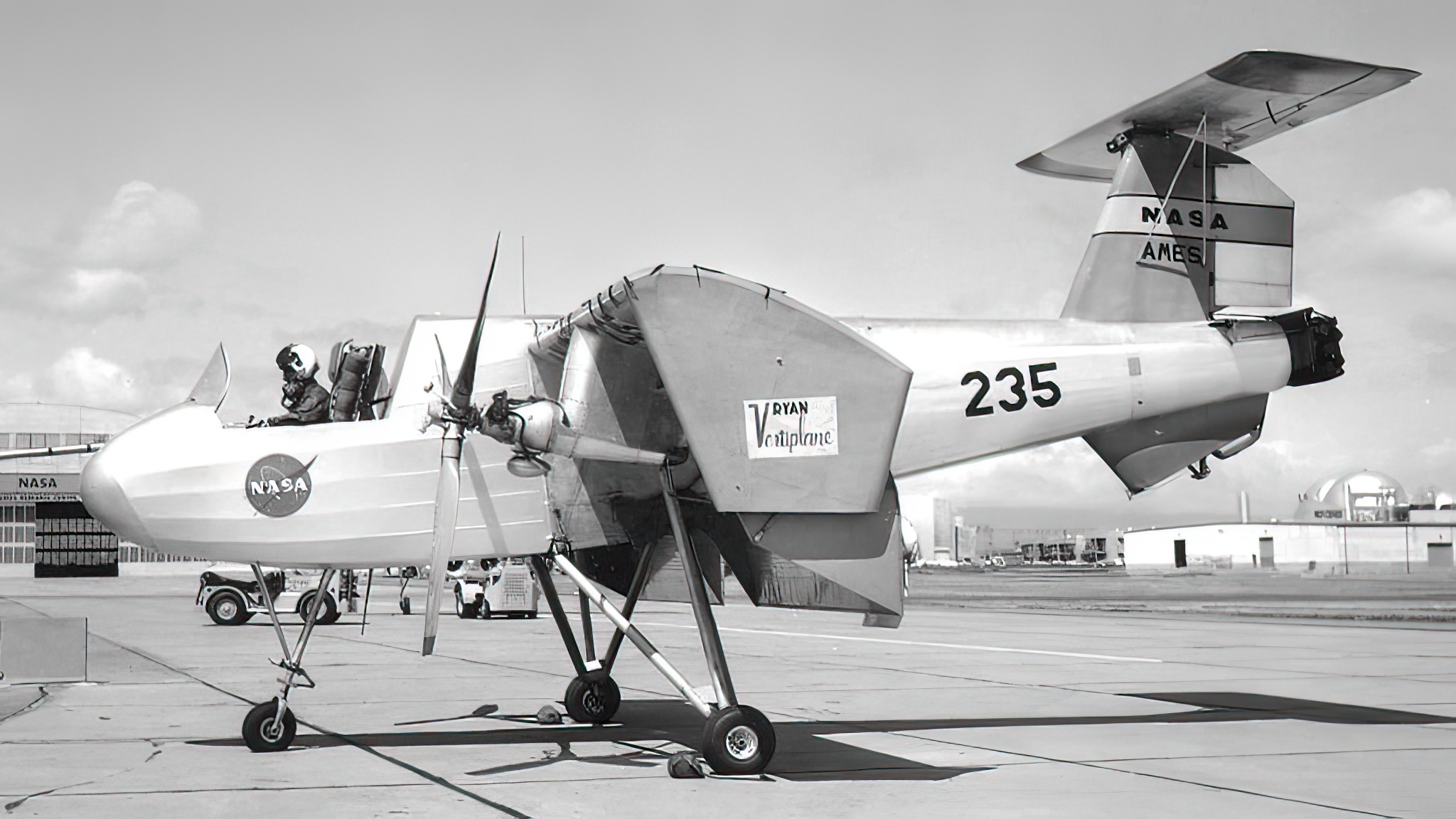
Not exactly a Verti- plane
The aircraft made its first flight in January 1959. Despite its optimistic name, the VZ-3 Vertiplane never accomplished a strictly vertical takeoff. It couldn’t really hover either. Being slightly underpowered, the VZ-3 also needed a head wind to fully realize its STOL potential. Nevertheless, it could, indeed, take to the air after a very short run, just about 20 to 30 ft. That was in itself a quite remarkable achievement.
The VZ-3 made 21 flights for the Army test program before crashing. It was rebuilt, but at about the same time the Army’s interest in unconventional V/STOL vehicles in general and in the Vertiplane in particular started to wane.
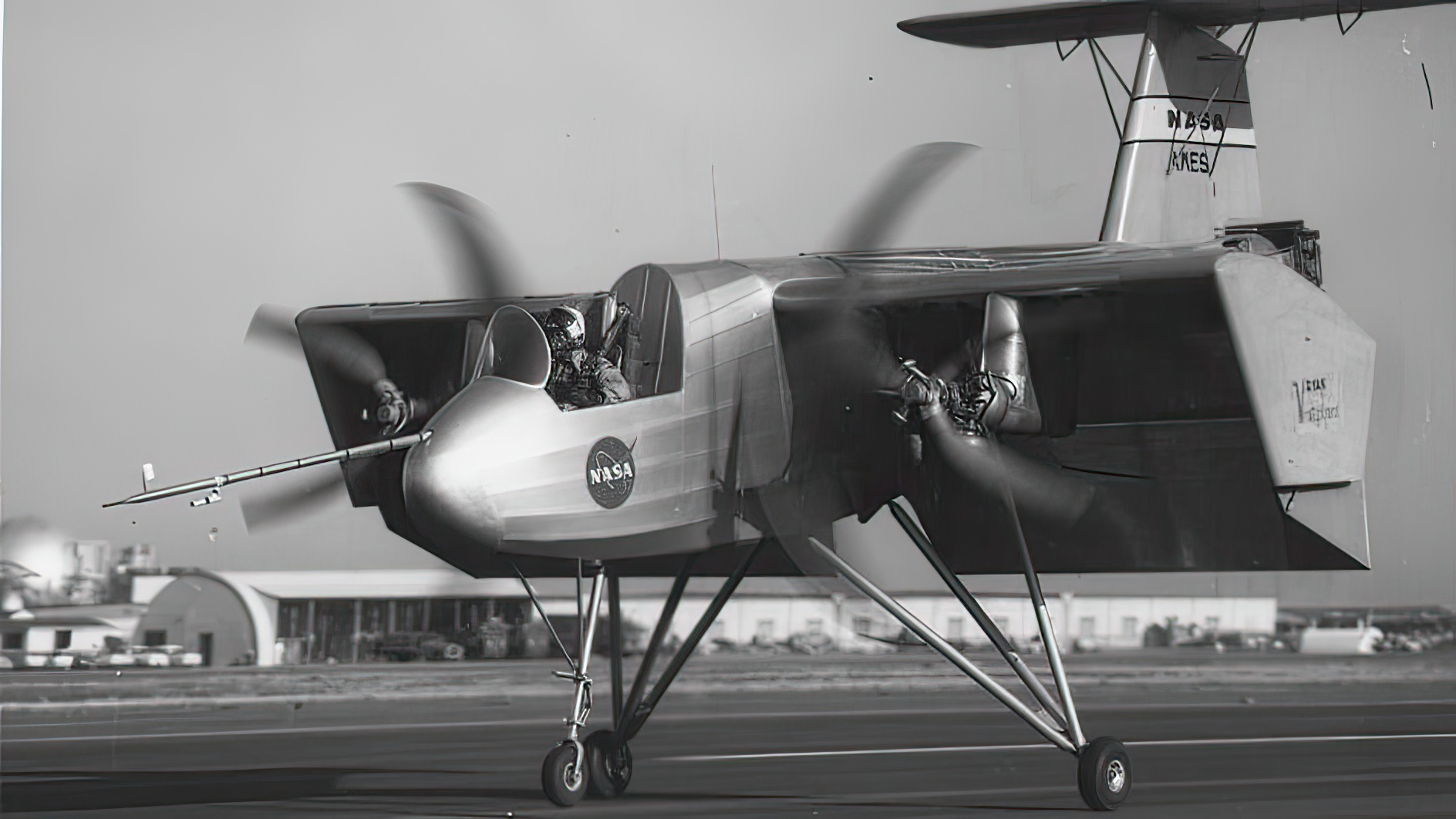
Saved by NASA
The Vertiplane was such a spectacular testbed that even after the Army lost interest in it in 1959, it managed to escape the scrap yard. Recently founded NASA’s experts got hold of the aircraft and went on experimenting with it at the Ames Research Center. Actually, they soon broke it, too. They then repaired it, also making tangible changes to the airframe in the process.
After a couple of years with NASA, the prototype was retired. It has been preserved and is currently on display at the US Army Aviation Museum in Fort Rucker near Daleville, Alabama.

